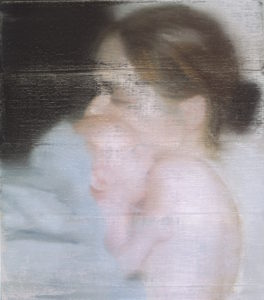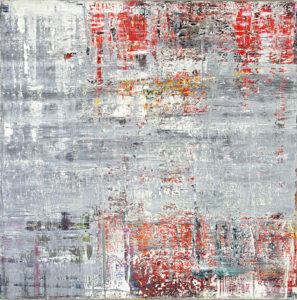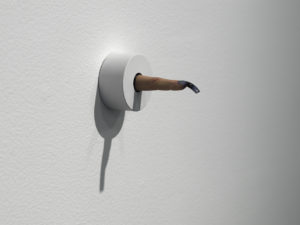Art in NYC: Gerhard Richter Painting After All at the MetMuseum
While MetMuseum has temporarily closed, you can visit it online from anywhere
Presenting a major exhibition of works by German artist Gerhard Richter titled “Painting After All”, the exhibit spans the entire artist’s career

Recognized as one of the greatest artists of our time, Gerhard Richter succeeds in combining the detailed pictorial approach with the haze caused by the fog of time. His celebrated blurred figurative paintings, large scale abstract compositions, and monumental glass sculptures are the treasures of the art museums all around the world. Originally scheduled to be on view at the Met Breuer from March 4 – July 5, 2020, the exhibition includes a range of artworks from the artist’s early experiments with the pictorial depictions based on the old photographs, the glass sculptures, and the most recent cycle House of Cards (5 Panes) (2020). Some of the works will be more familiar to the art lovers, while others like the cycles Cage (2009) and Birkenau (2014) are shown in the United States for the first time.
Well known for his effort to reconcile through art the historical past with personal memories, Richter is uniquely qualified to remind the viewers about the horror of war, the danger of manipulation through the isolated messages or images taken out of context, and the inconsistencies in the recollection of the past events. To accentuate the point of a fleeting chance of memory, his technique of smudging the clear image reminds us of the distortion brought on by the time.

The technique can be seen as a way to represent the perspective of time similar to the perspective of distance and space. It creates the fourth dimension (time) for otherwise ordinary snapshots. As the objects positioned far away are depicted proportionally smaller and with less visible details, the memories about the events from the past are covered in haze and come out with blurred outlines. One can still see the object, yet as years go by, the exact image loses its significance and is replaced by the vague outline.
Explore the show online by taking a virtual tour.
The exhibition at the Met Breuer is the first major expose of Richter’s art in the US in 20 years.
Stay in the know about future events and offers by subscribing to ARTS-NY newsletter Subscribe

